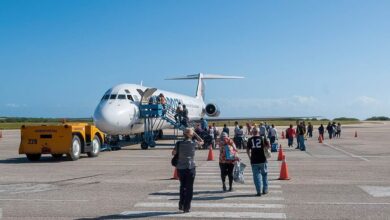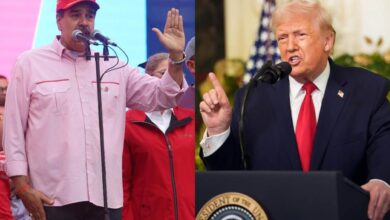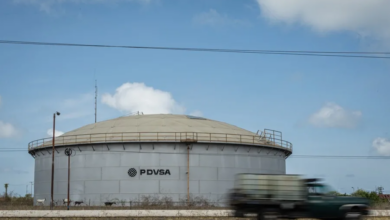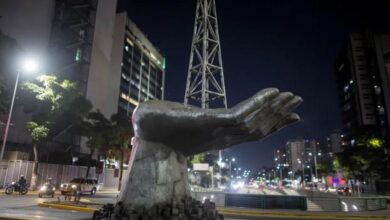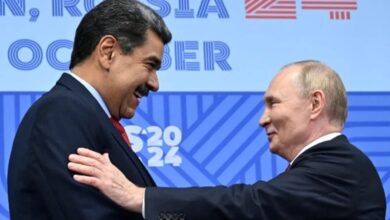Trinidad and Tobago and Venezuela Share a Tightening, Perilous Strait
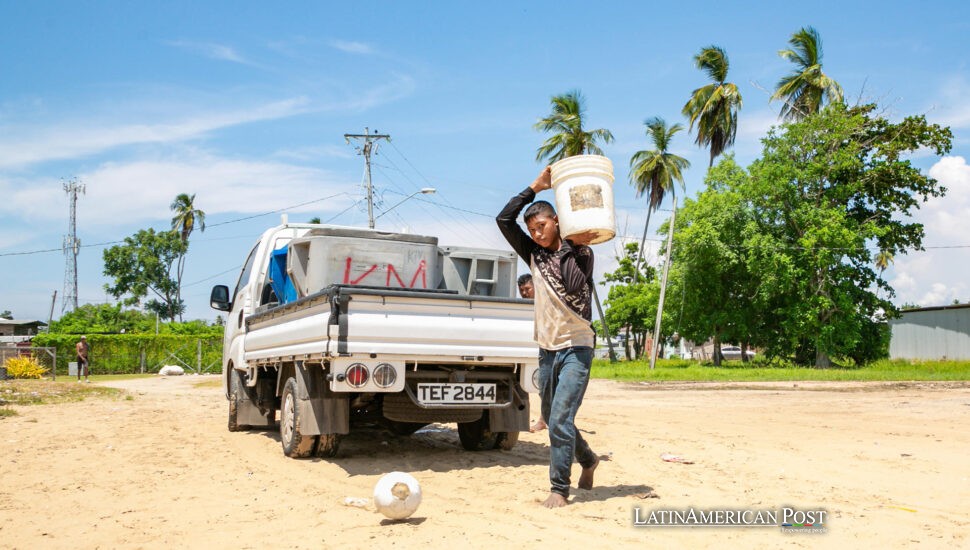
Across a narrow sea, desperation and deterrence collide daily as patrols intensify, smugglers reroute, and Warao families gamble everything for survival. The strait between Trinidad and Tobago and Venezuela exposes a regional failure that needs humane order, not performative crackdowns.
A Border of Twenty Minutes—and Lifetimes at Stake
The crossing takes about twenty minutes on a fast pirogue—but it can redraw a lifetime. Every day, small boats leave the mangroves near Tucupita, carrying wheels of cheese, jars of honey, and Warao families fleeing scarcity in Venezuela’s Orinoco Delta. For years, the narrow channel linking them to Trinidad’s southwest coast has been both escape route and grave risk.
That fragile flow slowed in late September when Venezuela’s Defense Minister, Vladimir Padrino López, ordered troops closer to the maritime divide to curb contraband and migration. In Port of Spain, Prime Minister Kamla Persad-Bissessar warned that her government would consider lethal force against unidentified Venezuelan vessels, echoing Washington’s calls for a harder line.
The message traveled fast. Boat operators told EFE that patrols have cut crossings by nearly half. But the channel remains porous, and for many families, the calculation is unchanged: when the choice is hunger at home or a perilous launch across a narrow sea, the outboard wins.
The impulse to securitize the strait is politically understandable—and strategically unsustainable. Pressure at sea without protection on land only pushes danger elsewhere. Families still come, just at night, farther down the coast, paying smugglers who now charge higher fees. Each data point in this migration is a person: a toddler born on a dirt floor, a teenage boy who’s never seen a classroom, a father mending a net that might or might not feed eleven mouths tomorrow.
The Warao on the Margins
On Icacos beach, Trinidad’s last strip of land before the Venezuelan horizon, Carlos Silva, a Warao father, stands outside a shack pieced together from rusted metal and driftwood. “I make them comfortable wherever we are, even if we sleep on the floor. Here, at least, we have clothes. People share food and help us. We like Trinidad; everything feels normal,” he told EFE.
His son, Abram, two years old, was born in the shack with no medical care. Barefoot, the boy pushes a cracked plastic truck through sand while older children untangle fishing netting nearby. “More than 200 Warao children now live here, most without birth papers,” said Carlos Rodríguez, who owns the shack and has become an informal landlord. “Teenage pregnancies are common. The kids play all day, but they don’t go to school. They’re growing up on instinct,” he told EFE.
The Warao are Venezuela’s second-largest Indigenous group, river people whose culture is tied to the Orinoco Delta. Their diaspora has become a humanitarian crisis hidden in plain sight—scattered along South America’s coasts, surviving in improvised camps and fishing villages.
What begins as a maritime story becomes one about civil registration, education, and health the moment a boat touches sand. Without birth certificates, children are invisible—unprotected, unemployable, easily trafficked. Without school enrollment, the only inheritance left is precarity. And without clinics that reach their settlements, disease and malnutrition go unchecked.
If governments want fewer desperate boats, they must build more dignified shorelines—mobile teams that register births, vaccinate children, and enroll them in nearby schools. Humanitarian corridors and bilingual community liaisons could connect Warao families to services before traffickers or desperation do. These are not luxuries. They are border management in its truest sense.
Security, Smuggling, and the Politics of Scarcity
In the villages near the coast, patience is thinning. “They keep arriving by boat, thirty at a time, paying a hundred dollars each,” said Shirley Peters, a resident near the coconut estates where Venezuelans often camp. She told EFE that some migrants “cut down coconut trees and steal fruit” and even “threaten locals when confronted.” Her complaints are echoed by workers who fear wage erosion—migrants accepting US$200 for jobs locals won’t do for US$300.
A Trinidadian fisherman, who declined to give his name, told EFE that the same boats carry “drugs, guns, and exploited women.” His claim matches official data. A CARICOM study in 2019 identified 289 trafficking sites and 39 maritime routes linking Tucupita and Güiria to Trinidad. The island’s Counter-Trafficking Unit, cited by EFE, reports that 102 victims—nearly all Venezuelan—were rescued between 2013 and 2024, while 63 people were charged.
Southern entry points—Puerto Grande, Erin, Los Iros, Moruga—remain active because patrols are thin and geography is relentless: reefs, mangroves, and hidden coves offer smugglers cover. “Lethal-force threats may project toughness, but they risk killing the wrong people,” a customs source told EFE.
Smart enforcement, experts say, must target networks, not families: sting operations against recruiters, surveillance of repeat boat owners, and legal pressure on landlords and employers who profit from undocumented labor. Joint maritime patrols with clear rules of engagement, transparency measures like body-cam footage, and shared databases on trafficking suspects could make the channel safer without militarizing it.
The alternative—fear and hostility—risks turning a humanitarian challenge into a security spiral.
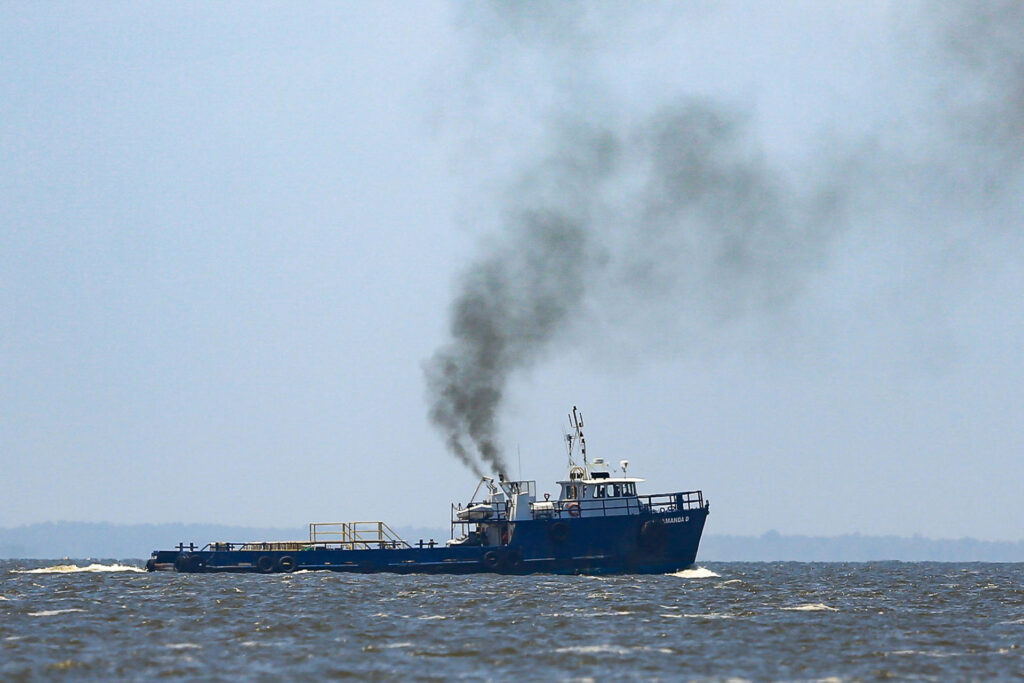
From Crackdowns to a Compact
The governments of Trinidad and Tobago and Venezuela, along with their partners, have tools beyond gunboats. A humanitarian registration drive could turn improvisation into dignity: birth certificates for Warao children, temporary IDs for adults, and fast-track school access.
A legal-work pilot for Venezuelan migrants in agriculture, fishing, and caregiving could ease tension in local labor markets while undercutting traffickers. A regional anti-trafficking surge, supported by Caribbean and Latin American funds, could expand shelters, translators, and witness protection.
Across the water, investments in the Orinoco Delta—fisheries co-management, small cold-storage facilities, and mobile health brigades—could slow the exodus by reviving livelihoods at the source. These are tangible alternatives to deterrence.
Above all, the rhetoric must cool. Caracas’s troop deployments and Port of Spain’s lethal-force warnings may please domestic audiences but terrify the families crouched in mangroves, waiting for a signal to cross. What would truly change outcomes is a joint maritime protocol—standard procedures for interception, child protection, and asylum screening, verified by independent observers. The United States, already projecting naval power in the Caribbean, could support with logistics and funding: search-and-rescue drones, clinic financing, and maritime radars—not just press conferences.
Also Read: Brazil’s Amazon Fire Fight: From Confrontation to Cooperation
If the strait is a test, the answer is not fewer boats at any cost—it is fewer reasons to board one. Until that happens, the sea will keep its schedule. Pirogues will leave Tucupita at dusk, their engines low, and arrive at Icacos at first light. Onshore, a child will chase a cracked plastic truck through sand, his mother watching the horizon where home used to be. If policy cannot change that image, it is performance, not progress.

